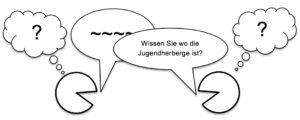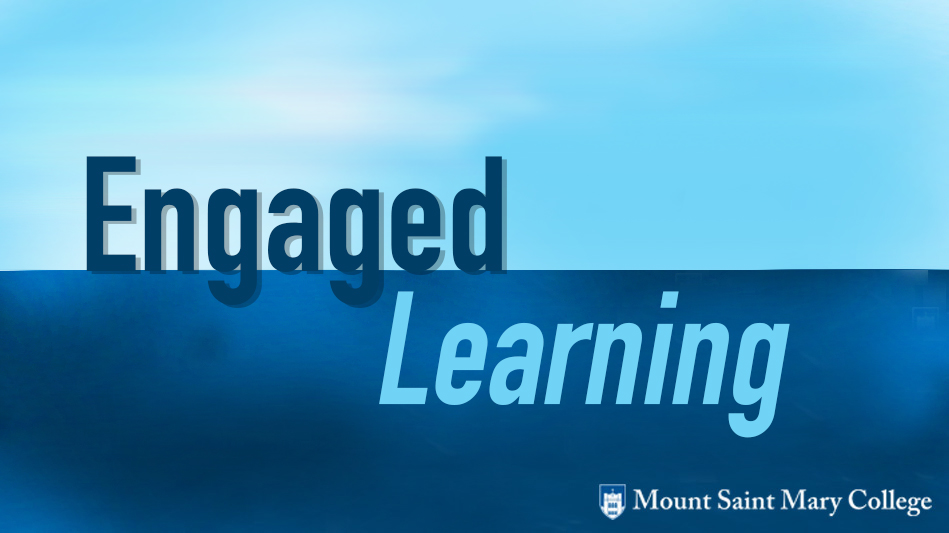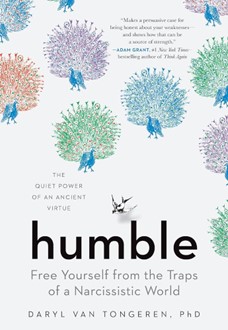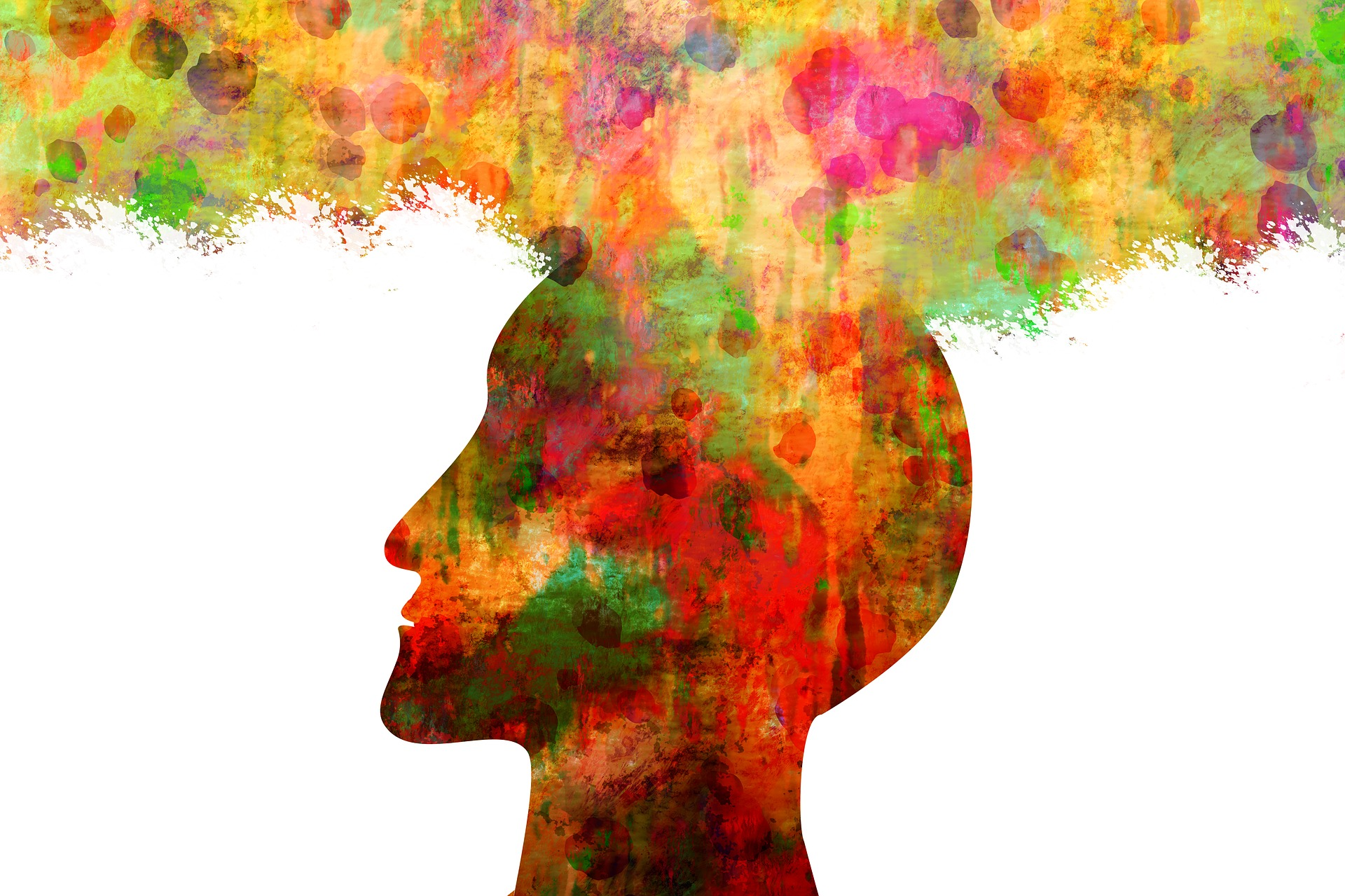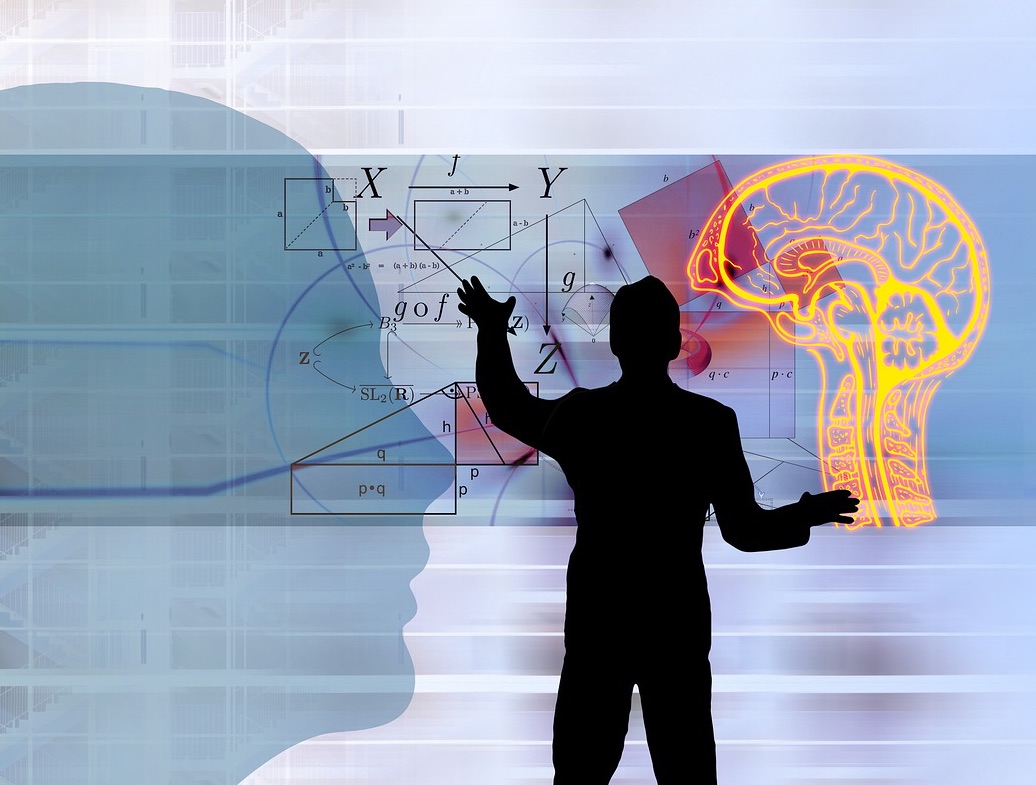by Patrick Cunningham, Rose-Hulman Institute of Technology
Have you ever had a student say something like this to you? “I know the material, I just couldn’t show you on the exam.” How do you respond?
I have heard such comments from students and I think it exemplifies two significant deficiencies.
First, students are over-reliant on rehearsal learning strategies. Rehearsal is drill-and-practice or repetitive practice aimed at memorization and pattern matching. Such practices lead to surface learning and shallow processing. Students know facts and can reproduce solutions to familiar problems, but struggle when the problem looks different. Further, when faced with real-world situations they are often not even able to identify the need for the material let alone apply it. Only knowing material by rote is insufficient for fluency with it. For example, I can memorize German vocabulary and grammar rules, but engaging someone from Germany in a real conversation requires much more than just knowing words and grammar.
Second, students are inaccurate in their self-assessments of their learning, which can lead to false confidence and poor learning choices (Ehrlinger & Shain 2014). Related to this, I have developed a response to our hypothetical student. I ask, “How do you know you know the material?” In reply, students commonly point to looking over notes, looking over homework, reworking examples or homework problems, or working old exams – rehearsal strategies. I often follow up by asking how they assessed their ability to apply the material in new situations. This often brings a mixture of surprise and confusion. I then try to help them discover that while they are familiar with the concepts, they are not fluent with them. Students commonly confuse familiarity with understanding. Marilla Svinicki (2004) calls this the Illusion of Comprehension, and others have called it the illusion of fluency. Continuing the language example, I could more accurately test my knowledge of German by attempting and practicing conversations in German rather than just doing flashcards on vocabulary and grammar rules. Unless we employ concrete, demonstrable, and objective measures of our understanding, we are prone to inaccurate self-assessment and overconfidence. And, yes, we and our students are susceptible to these maladies. We can learn about and improve ourselves as we help our students.
Addressing these two deficiencies can be a good place to start with metacognition. Metacognition is the knowledge and regulation of our thinking processes. Our knowledge of strategies for building deeper understanding and our awareness of being susceptible to the illusion of comprehension are components of metacognitive knowledge. Our ability to regulate our thinking (learning) and apply appropriate learning strategies is critically dependent on accurate self-assessment of our level of understanding and our learning processes, specifically, in metacognitive monitoring and evaluation. So how can we support our students’ metacognitive development in these areas?
To help our students know about and use a broader range of learning strategies, we can introduce them to new strategies and give them opportunities to practice them. To learn more deeply, we need to help students move beyond rehearsal strategies. Deeper learning requires expanding and connecting the things we know, and is facilitated by elaborative and organizational learning strategies. Elaboration strategies aid the integration of knowledge into our knowledge frameworks by adding detail, summarizing, and creating examples and analogies. Organizational strategies impose structure on material and help us describe relationships among its elements (Dembo & Seli 2013).
We can help our students elaborate their knowledge by asking them to: 1) explain their solutions or mistakes they find in a provided solution; 2) generate and solve “what-if” scenarios based on example problems (such as, “what if it changed from rolling without slipping to rolling with slipping”); and 3) create and solve problems involving specific course concepts. We can help our students discover the structure of material by asking them to: 1) create concept maps or mind maps (though you may first need to help them learn what these are and practice creating them); 2) annotate their notes from a prior day or earlier in the period; and 3) reorganize and summarize their notes. Using these strategies in class builds students’ familiarity with them and improves the likelihood of students employing them on their own. Such strategies help students achieve deeper learning, knowing material better and making it more accessible and useable in different situations (i.e., more transferable). For example, a student who achieved deeper learning in a system dynamics course will be more likely to recognize the applicability of a specific dynamic model to understand and design a viscosity experiment in an experiment design class.
To help our students engage in more accurate self-assessment we can aid their discovery of being susceptible to inaccurate self-perceptions and give them opportunities to practice strategies that provide concrete, demonstrable, and objective measures of learning. We can be creative in helping students recognize their propensity for inaccuracy. I use a story about an awkward conversation I had about the location of a youth hostel while travelling in Germany as an undergraduate student. I spent several minutes with my pocket dictionary figuring out how to ask the question, “Wissen Sie wo die Jugendherberge ist?” When the kind stranger responded, I discovered I was nowhere near fluent in German. It takes more than vocabulary and grammar to be conversant in the German language!
We can help our students practice more accurate self-assessment by asking them to: 1) engage in brief recall and review sessions (checking completeness and correctness of their recalled lists); 2) self-testing without supports (tracking the time elapsed and correctness of solution); 3) explaining solutions (noticing the coherence, correctness, and fluency of their responses); and 4) creating and solving problems based on specific concepts (again, noting correctness of their solution and the time elapsed). Each of these strategies creates observable and objective measures (examples noted in parentheses) capable of indicating level of understanding. When I have students do brief (1-2 minute) recall exercises in class, I have them note omissions and incorrect statements as they review their notes and compare with peers. These indicate concepts they do not know as well.
Our students are over-reliant on rehearsal learning strategies and struggle to accurately assess their learning. We can help our students transform their learning by engaging them with a broader suite of learning strategies and concrete and objective measures of learning. By starting here, we are helping our students develop transferable metacognitive skills and knowledge, capable of improving their learning now, in our class, and throughout their lives.
References
Ehrlinger, J., & Shain, E. A. (2014). How Accuracy in Students’ Self Perceptions Relates to Success in Learning. In V. A. Benassi, C. E. Overson, & C. M. Hakala (Eds.). Applying science of learning in education: Infusing psychological science into the curriculum. Retrieved from the Society for the Teaching of Psychology web site: http://teachpsych.org/ebooks/asle2014/index.php
Svinicki, M. (2004). Learning and motivation in the postsecondary classroom. San Francisco, CA: John Wiley & Sons.
Dembo, M. & Seli, H. (2013). Motivation and learning strategies for college success: A focus on self-regulated learning (4th ed.). New York, NY: Routledge.
